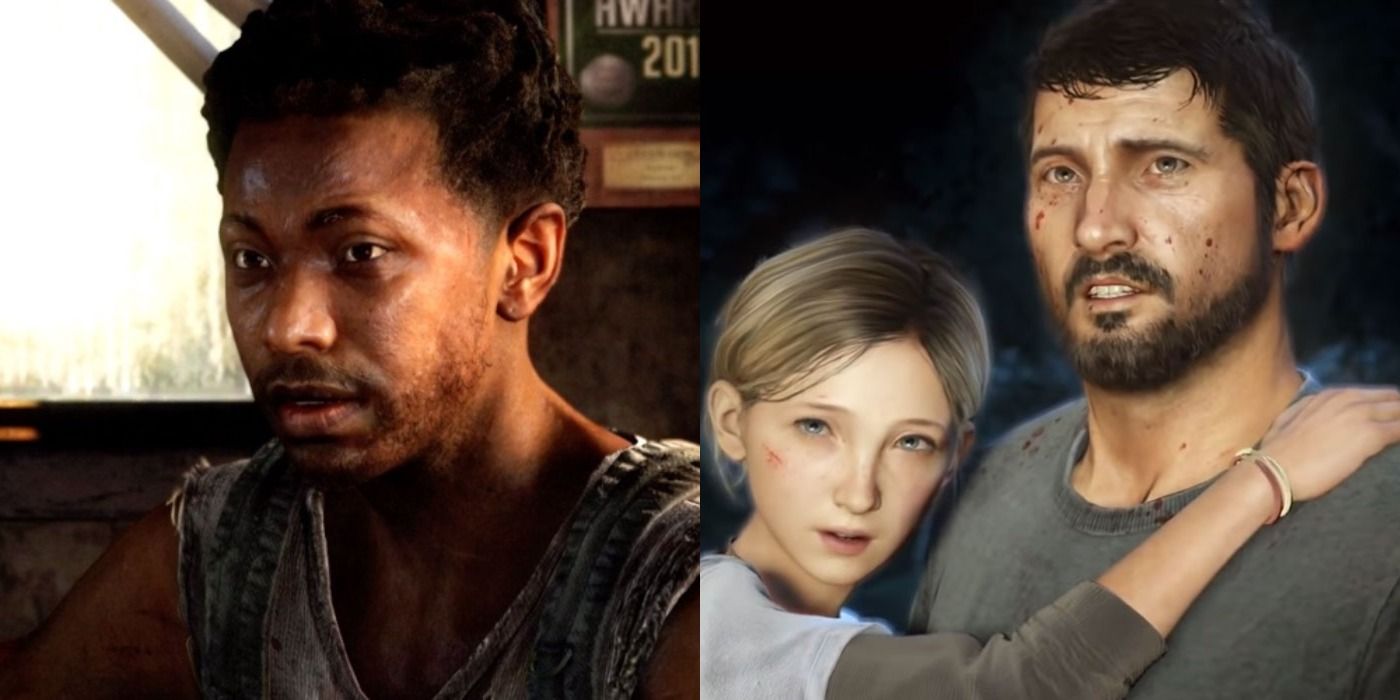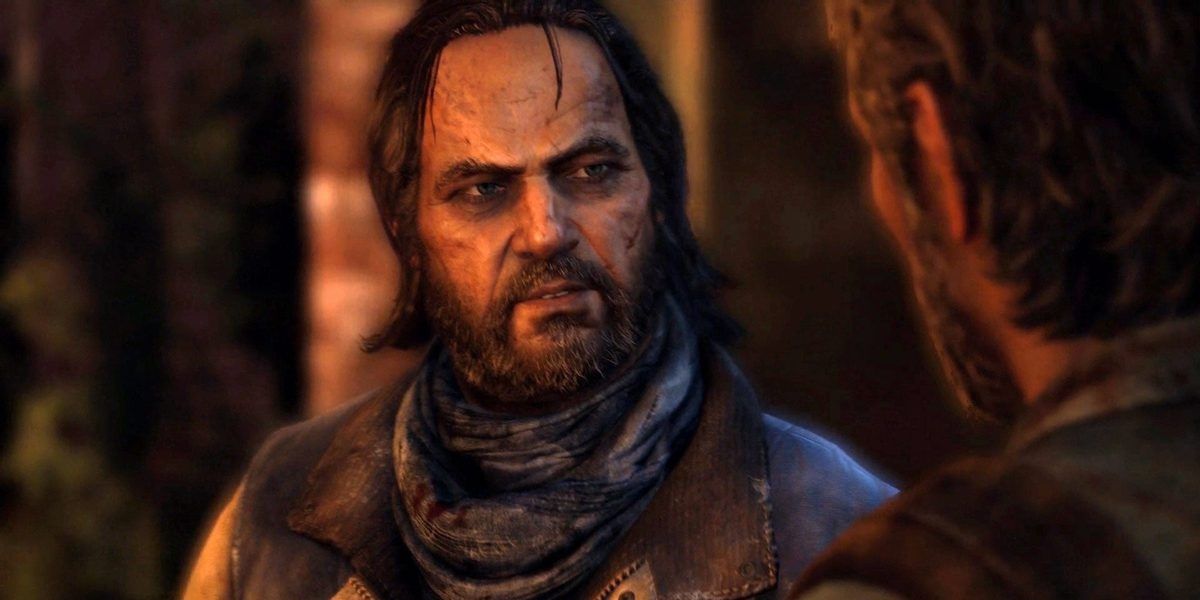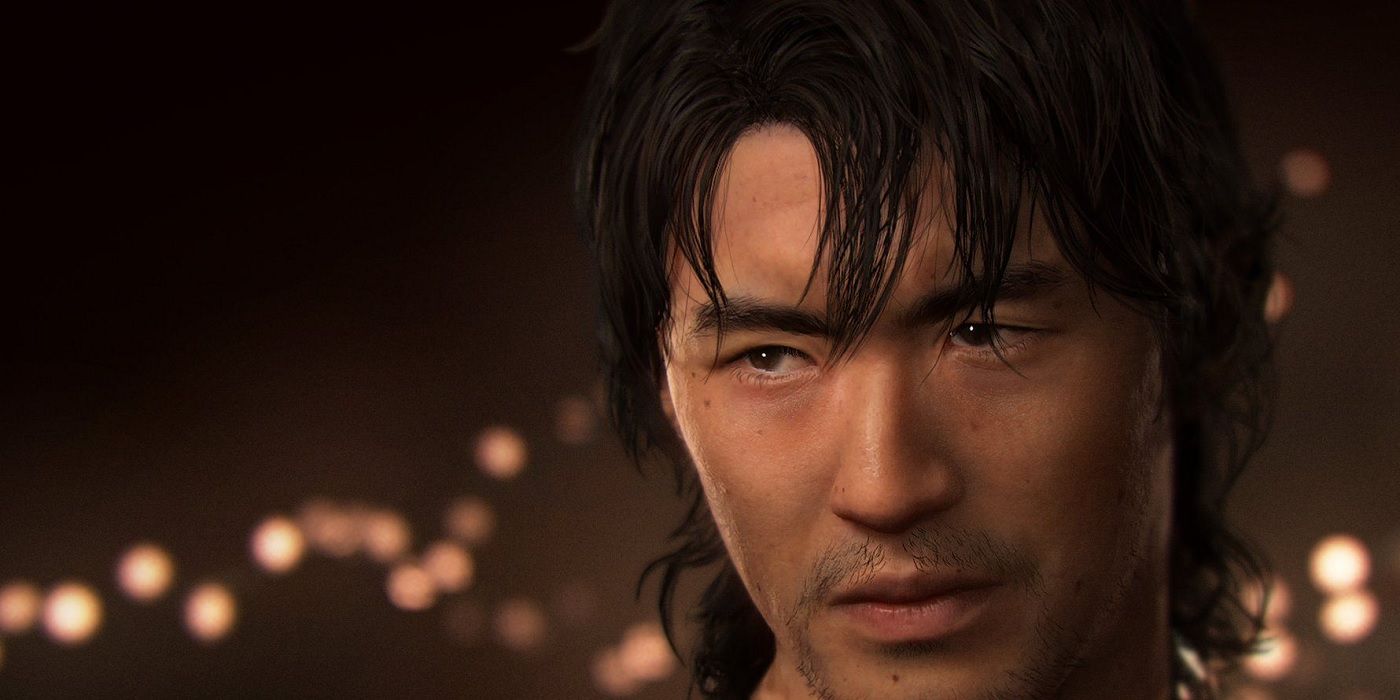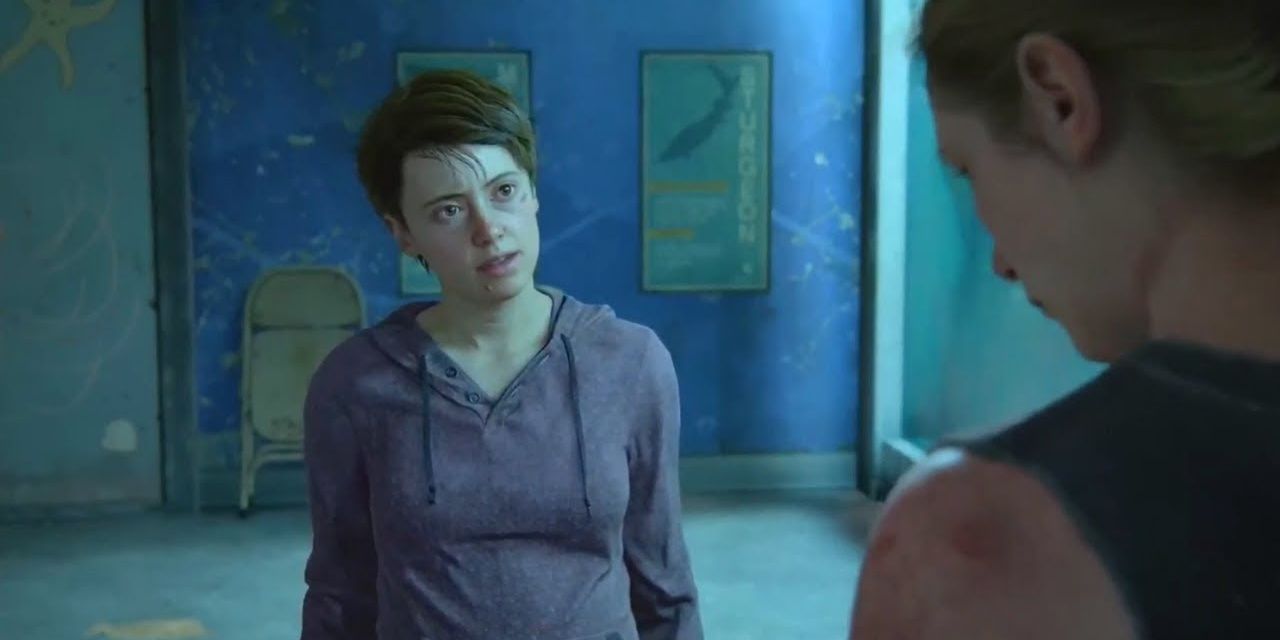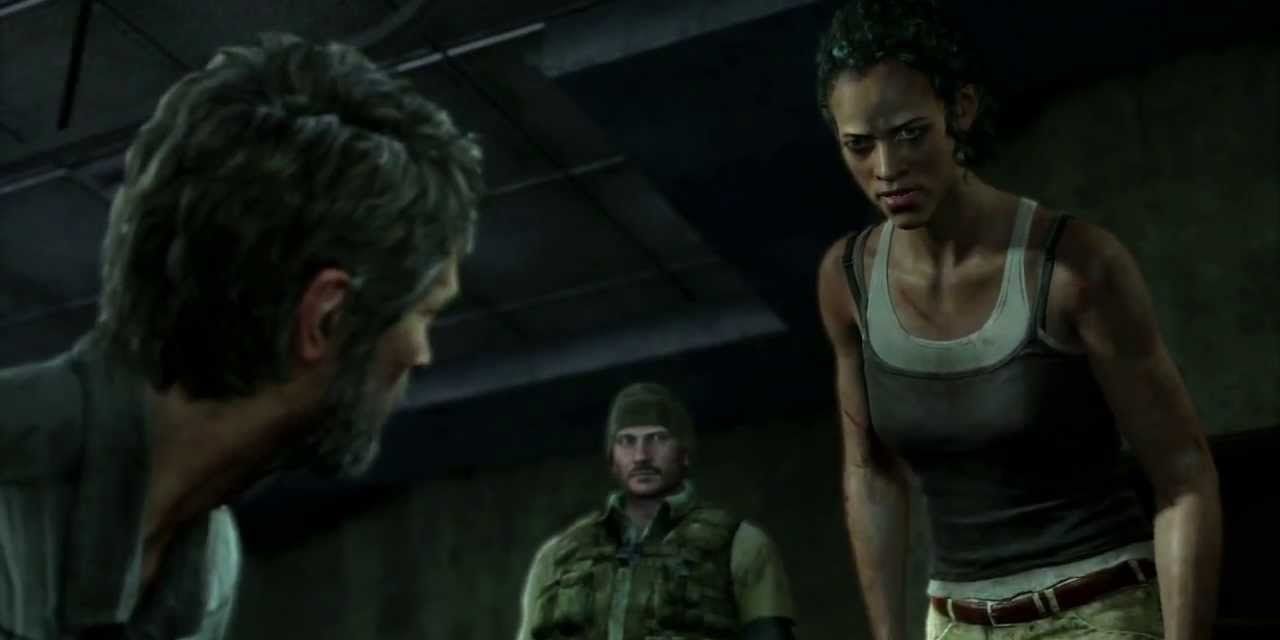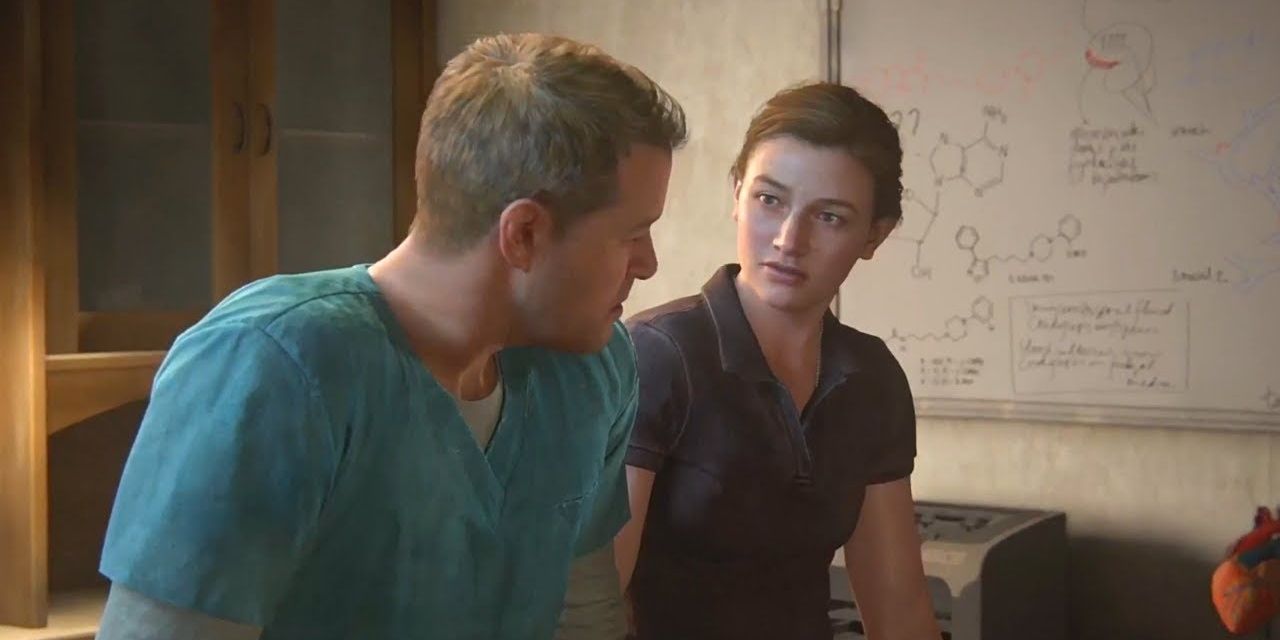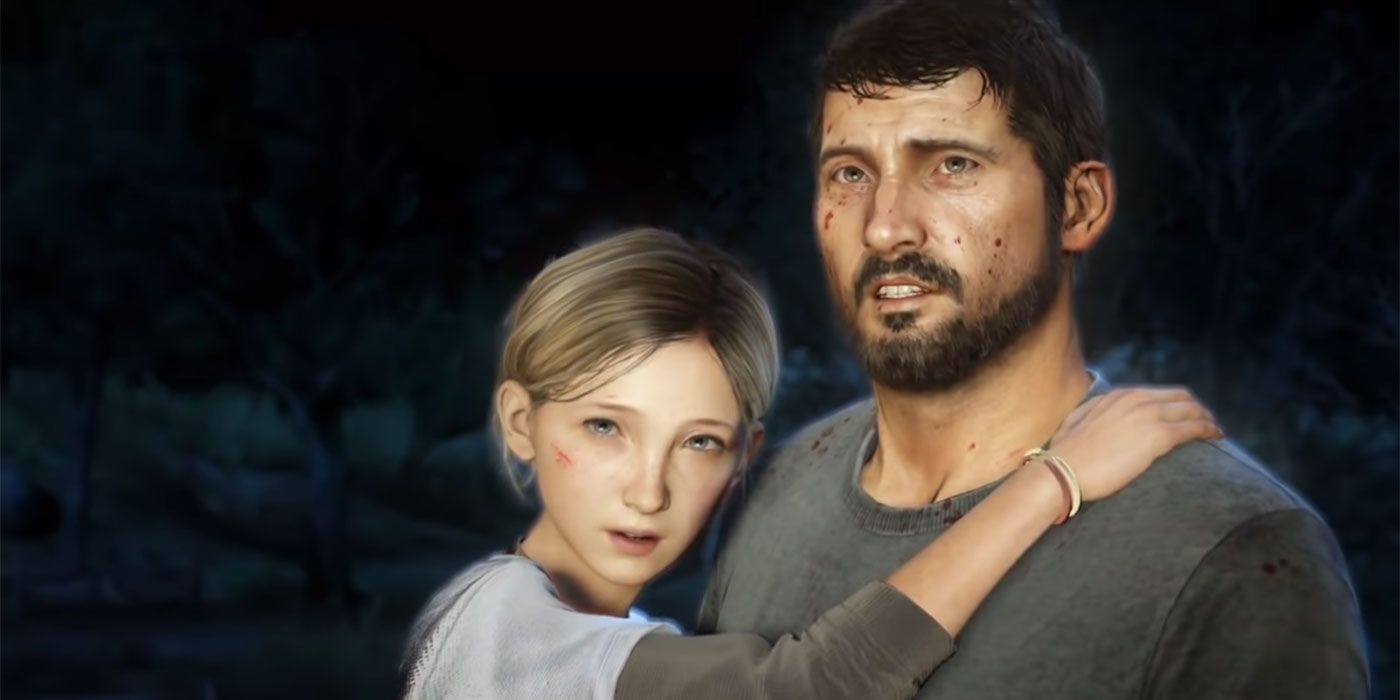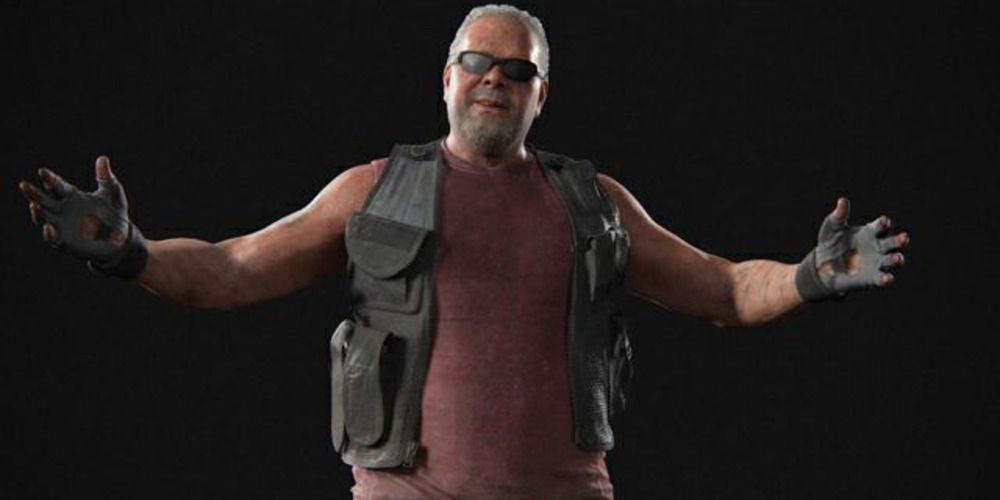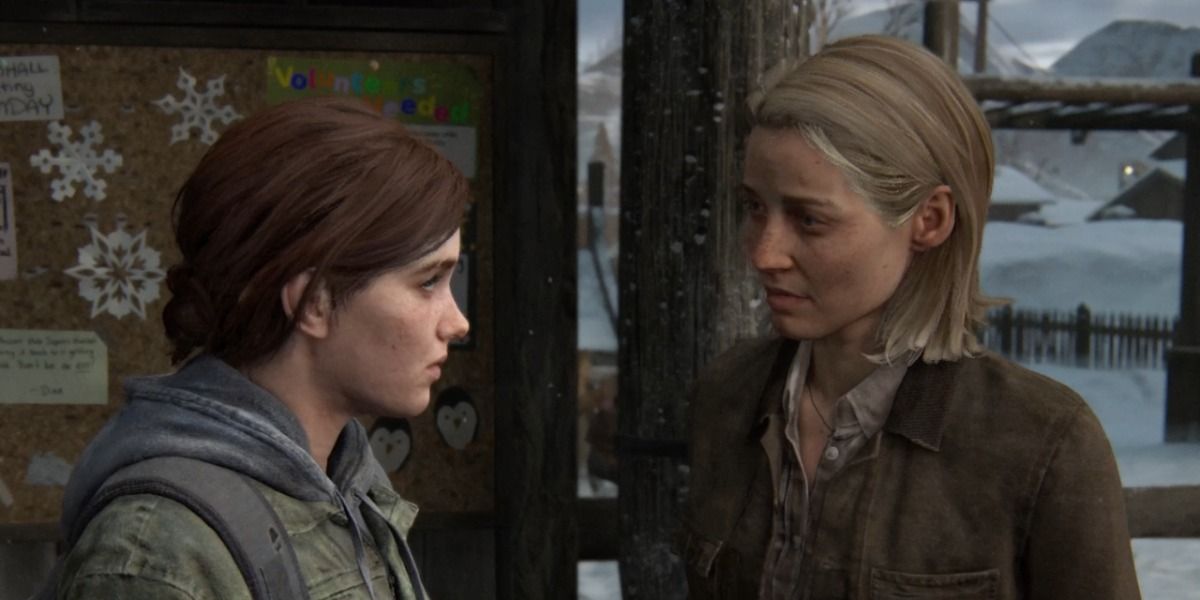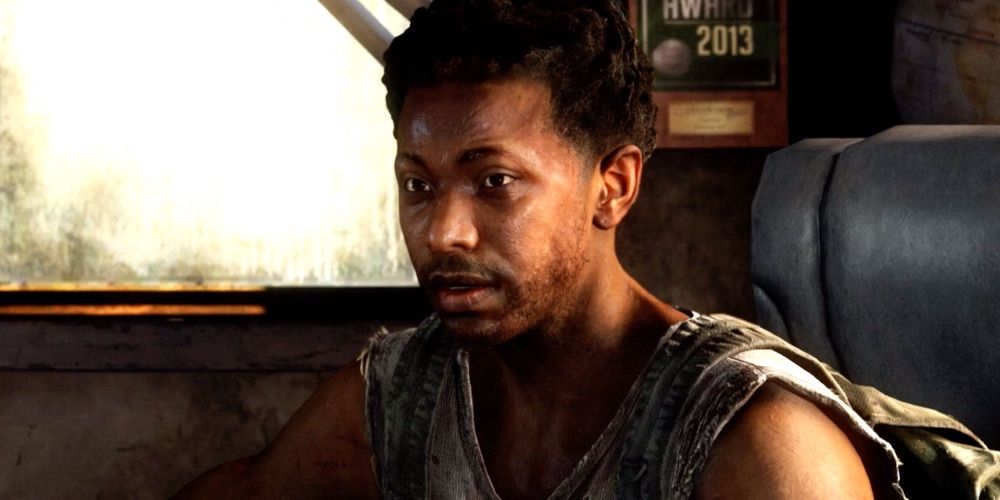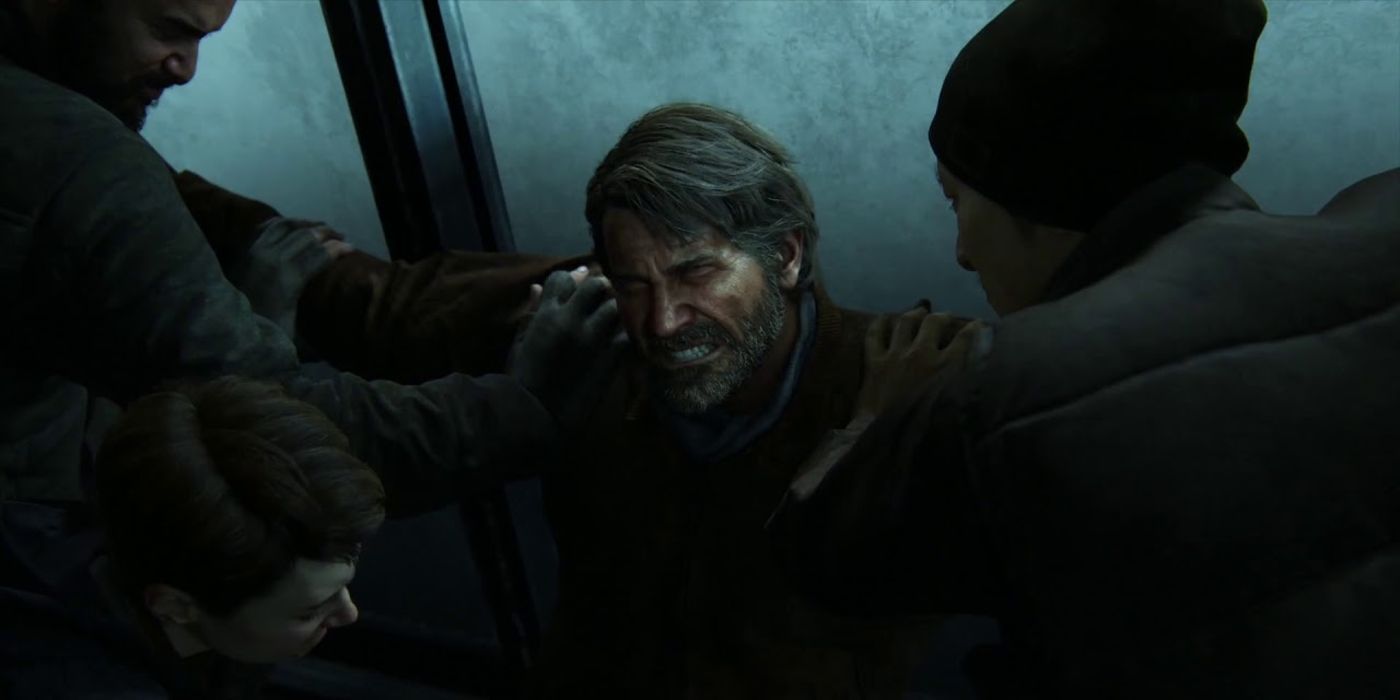There are only so many people who can survive the zombie apocalypse, and The Last of Us features a heavy kill count. The gaming series has been noted for its realism, but it has also garnered criticism for the way it’s handled characters whose potential wasn’t fully realized.
All things considered, Ellie is the most well-rounded character in the series, whose story of loss, love, and survival has been fully depicted. On the other hand, certain other personalities could have been better explored and it’s interesting to see where the story dropped the ball. It’s also worth taking a look back at these characters before the HBO TV series adapts them into live-action.
Bill
The sequence featuring Bill was one of the most memorable moments in The Last of Us, as it featured creative traps the characters had to navigate around. Bill never returned for the sequel, which is a shame since not everything with his character was resolved.
The game didn’t expand on his teased relationship with Frank, nor Bill’s clear issues with isolation. A good subplot could have been dedicated to Bill dealing with his feelings of abandonment toward Frank and him grappling with his depression. Ultimately, Bill was written out and players never learned what became of him.
Jesse
The Last of Us 2 delivered many shock deaths, and Jesse’s was one that felt unjustified. He was Dina’s former boyfriend and the father of her child, yet this was treated as additional information because Jesse barely factored into Ellie’s interest in Dina.
The game would have done well by showcasing Jesse’s feelings toward losing Dina or his hopes of being a father. Instead, he was killed off unceremoniously and he was ultimately just a way for Dina to have a baby that made her and Ellie a family.
Mel
Mel was the only one in Abby’s group who felt guilty for taking Joel’s life and called Abby out on her selfishness. This made her more compelling than the others, whom players would have felt more than happy to dispose of.
Mel could also have been built up as a personal antagonist for Abby, with their existing hostility due to Abby’s interest in Mel’s boyfriend. Her death didn’t really affect Abby while Ellie’s distraught reaction to killing her was due to Mel’s unborn child, not Mel herself.
Marlene
The game should have dedicated more sequences to Marlene so that players would feel the sympathy for her that the story clearly wanted. Marlene would have been better suited as a straight-up villain rather than being rooted in ambiguity.
She was best as a direct antagonist to Joel, as players really felt his anger after her threats. However, the game didn’t seem to know what to do with her and Marlene switched between being Ellie’s ally to the person who wanted to take her life. Her lack of conviction eventually made Marlene a total non-entity in terms of characterization.
Jerry Anderson
Abby should have been a sympathetic character in The Last of Us 2 but the lack of connection players had with Jerry prevented that. He was a throwaway character whom Joel killed in the first game and a minor flashback in the sequel didn’t do him justice.
After all, Jerry was shown to have a conscience toward taking Ellie’s life and it would have been better had these conflicted feelings been fully explored. Players could have been encouraged to feel Abby’s trauma at losing her father if Jerry was shown more as a person rather than a plot device.
Sarah Miller
Sarah's heartbreaking death kickstarted The Last of Us. Still, she was more of an idea than a fully realized character. Some playable flashback scenes would have been better placed to depict Joel’s sadness and how Sarah was when she was alive.
In its place, she became someone who was mentioned as a source of past trauma for Joel that many didn’t really feel. The intro with Sarah as the playable character was a great way to establish the zombie virus; building upon this was the better way to go rather than just killing her off with occasional mentions of her name peppered in.
The Large Rattler
The fact that this character was never named indicates the failed potential he had as a villain. The Large Rattler arrived late in the story to be the only villain who decisively defeated Abby, instantly establishing him as an abhorrent person after he attacked Lev.
The sequel lacked a definite villain throughout the story and the Large Rattler would have filled in this void. He was an antagonist for both Abby and Ellie, meaning players saw him as a common enemy when controlling both characters. He also had an edge to his personality that deserved to be seen in full instead of having him killed off tamely by Ellie.
Maria Miller
Maria was like the female version of Tommy, as the couple had similar personality traits. That doesn’t mean she deserved to be sidelined in the sequel, in which she appeared infrequently and her separation with Tommy was mentioned very casually.
Maria was a fighter in her own right who was better off taking a stand alongside Tommy in his bid for vengeance against Abby. She would’ve been well suited as the voice of reason, but the games just didn’t do much with her apart from establishing her as Tommy’s wife.
Henry
Henry and Sam’s role was to be a similar duo to Joel and Ellie, whose deaths represented the harsh reality of the zombie world. However, Sam’s demise would have had the same impact and Henry's sudden decision to take his life wasn’t the best decision the game made, as his road to recovering from Sam’s loss was a better option.
There’s also the fact that Ellie only mourned Sam, while neither she nor Joel mentioned Henry again, making his death even more ineffective. Henry was a young man who needed to accept living without his brother and such a journey of self-discovery was cast aside in favor of a quick death.
Joel Miller
In this case, it was the second game that wasted Joel while the original was fair. Joel’s arc may have been a central focus in the first game, but The Last of Us went too far with the manner of his death in the sequel. The majority of fans were outraged with the way he died, not that he was killed off.
He was promoted as a supporting character, only to be disposed of in the opening. Joel would have been given justice had the second game brought some playable flashbacks to establish his guilt at killing the Fireflies and his attempt to reconcile with Ellie.

